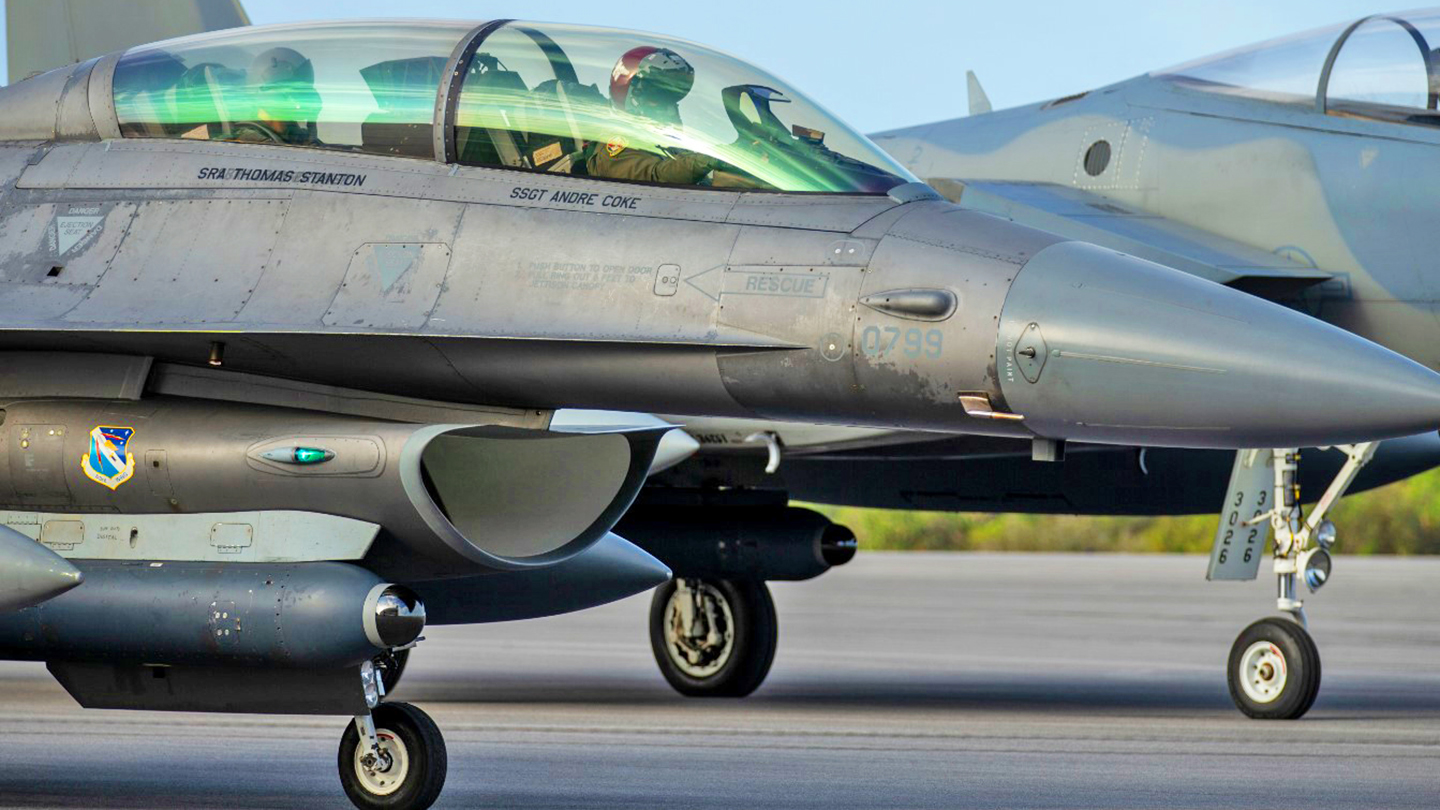The U.S. government has approved the potential sale of infrared search and track systems, or IRSTs, to Taiwan for use on its F-16 Viper fighters. IRSTs would give Taiwanese Vipers a hugely valuable additional tool to spot and track aerial threats, especially stealthy ones like China’s J-20 fighters. This comes amid delays in the Taiwanese Air Force’s acquisition of new Block 70 F-16C/Ds, but the new sensor systems could also be used on its fleet of upgraded F-16Vs.
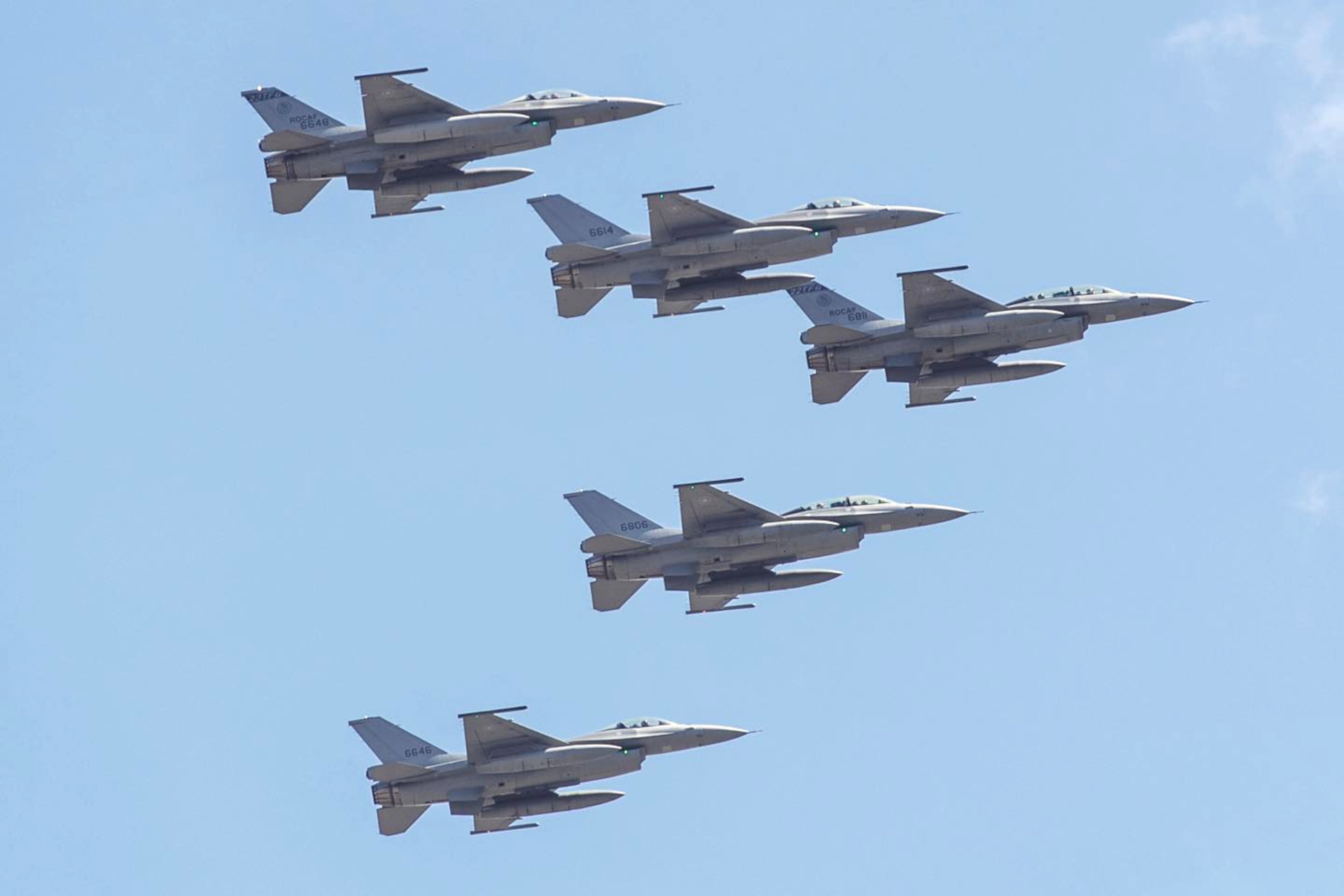
The U.S. military’s Defense Security Cooperation Agency (DSCA) announced today that the U.S. State Department had approved the possible sale of IRSTs to Taiwan. The proposed deal, which also includes ancillary equipment and support services, has an estimated total value of approximately $500 million.
The DSCA press release does not specify what kind of IRST system, but does name Lockheed Martin as the “principal contractor.” In 2019, Lockheed Martin displayed a model of a Block 70 F-16 with what appeared to be a podded IRST system on one of its chin stations at the biennial Taipei Aerospace & Defense Technology Exhibition in Taiwan that year.
The same pod seen on the model at the exhibition in Taipei had appeared earlier in 2019 in promotional material, including the video below, for an advanced F-16 derivative, dubbed the F-21, which Lockheed Martin pitched to India.

The pod seen on the model shown in Taiwan and in the F-21 marketing materials is visually distinct from Lockheed Martin’s main current podded IRST offering, called the Legion Pod. The Legion Pod is actually a modular store that can be configured to perform various additional functions, including communications relay duties.

It is possible that this other pod could use the same IRST system used on the Legion Pod, which is called the IRST21. That a version of this specific sensor family is also found on an IRST system in development for the U.S. Navy for use on its F/A-18E/F Super Hornets, which utilizes a modified drop tank.
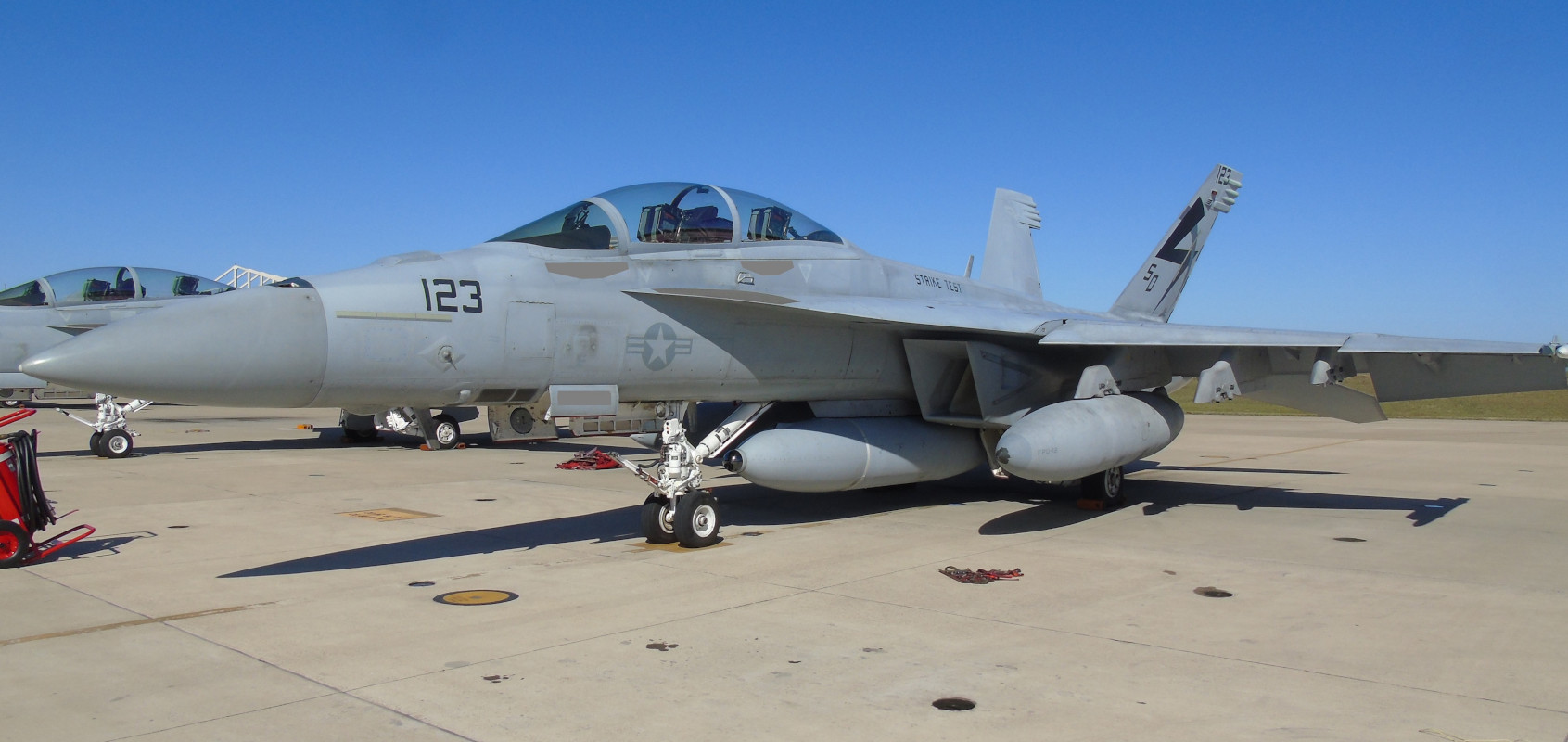
Lockheed Martin has other IRST offerings, as well, including the TacIRST system. TacIRST has been seen in podded form, as well as integrated directly into specific aircraft. So far just F-5AT aggressor jets belonging to private red air contractor Tactical Air Support have received it, as you can read more about here. TacIRST uses staring arrays, not mechanically scanning ones, for coverage.
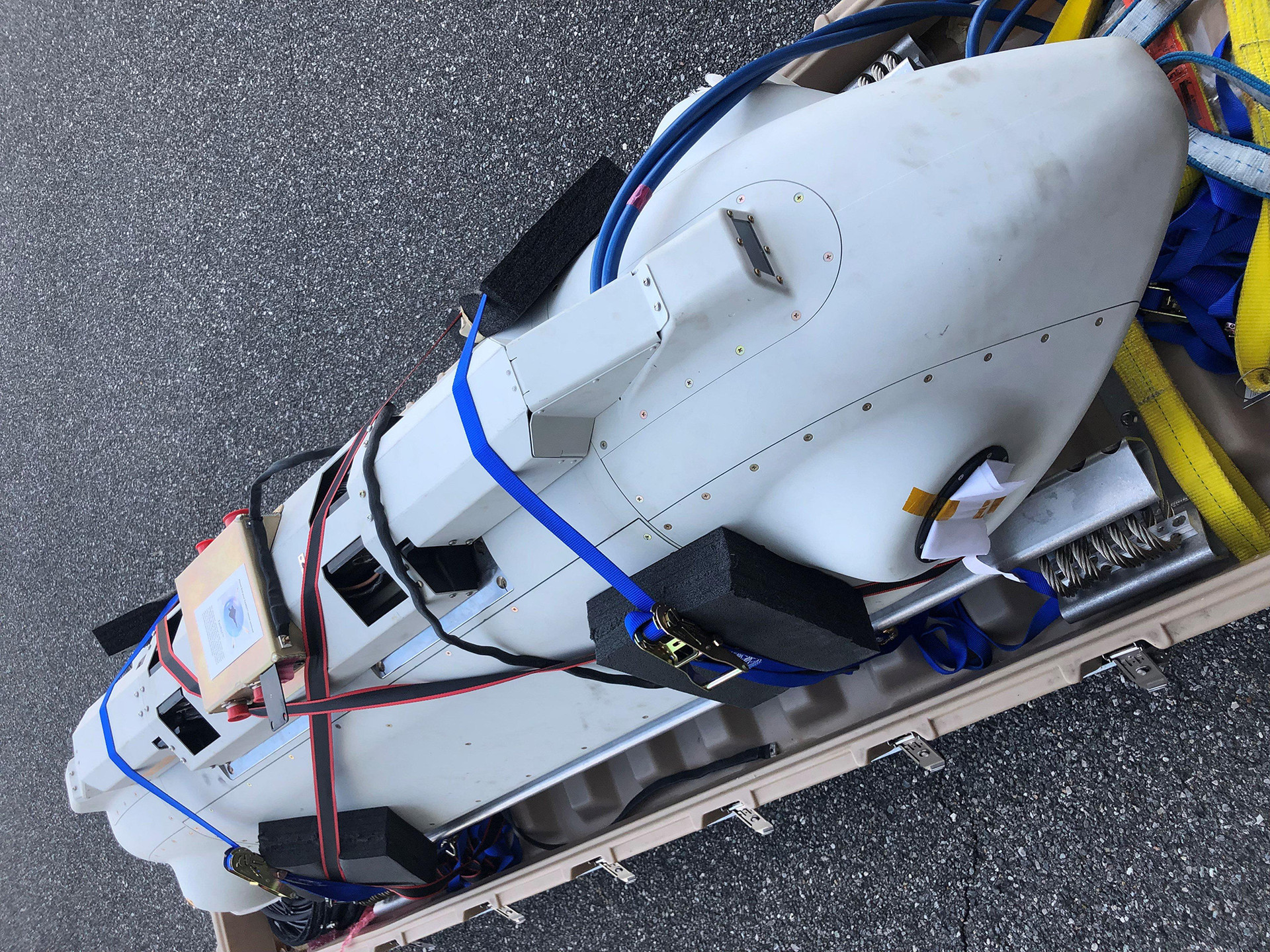
In general, IRSTs offer an additional means of spotting and tracking potential aerial threats. These sensors have the benefit of not being impacted by a target’s features designed to reduce its radar cross-section and are immune to electronic warfare attacks intended to jam radars and other radio frequency emissions.
As such, IRSTs provide a particularly valuable alternative to traditional radars for aircraft operating in environments where they are expected to encounter stealthy opponents, heavy electronic warfare attacks, or both. Unlike a radar operating in an active search mode, the sensors are entirely passive, meaning that a target will not know they have been detected, either.
All this being said, IRSTs can still be used in conjunction with traditional radars, providing a powerful combination of sensor data.
Some IRSTs, including Lockheed Martin’s IRST21-equipped Legon Pod, can be networked together to make them even more effective, as well. Typical IRSTs by themselves only give information about a target’s bearing, but how far away it is has to be determined by other means, which can easily be a time-consuming and obtuse process. Multiple systems linked together can more rapidly triangulate the data, as well as just generate higher-fidelity tracks of specific targets.
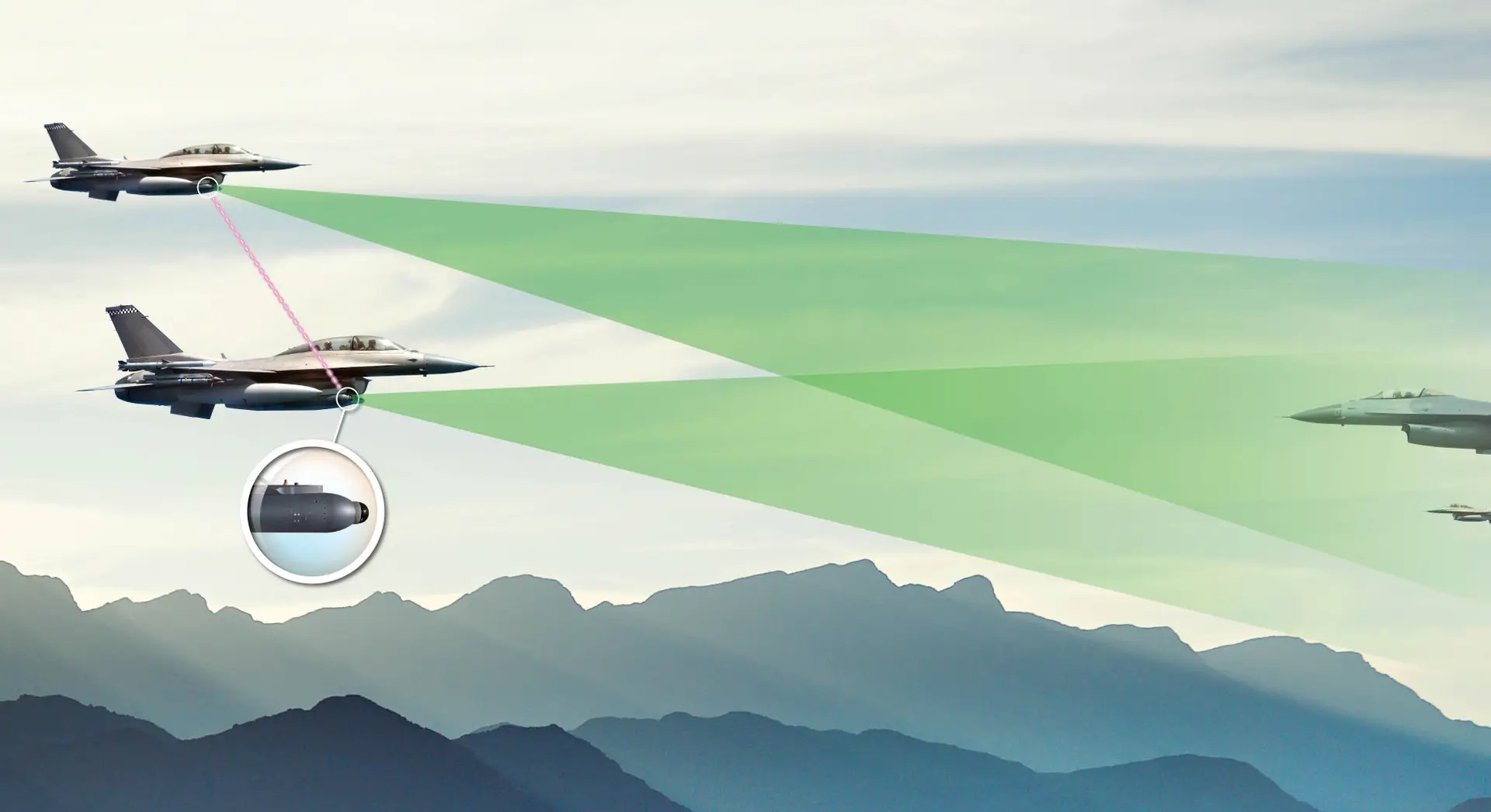
IRSTs have long been an integral feature on Soviet and now Russian fighters, as well as Chinese ones, but less so on Western types, especially since the end of the Cold War. These sensors are now seeing a revival in the West, especially in the United States, driven in large part by the appearance of advanced aerial threats like China’s J-20 stealth fighter and stealthy cruise missiles.
The Taiwanese Air Force faces those same realities, even to a more dire degree, and it is no surprise that it is looking to add IRST capability to its F-16 fleets. Chinese stealth fighters like the J-20, all-new and upgraded variants of which are now emerging, as well as stealthy drones and cruise missiles, would feature heavily in any future major conflict across the Taiwan Strait. The ranges involved are also ideally suited for IRSTs and Taiwan is certain to face an extreme electronic warfare combat environment in a cross-strait conflict. Just identifying what targets are and prioritizing the most threatening ones in such a fight will be critical, which the IRST can help with.
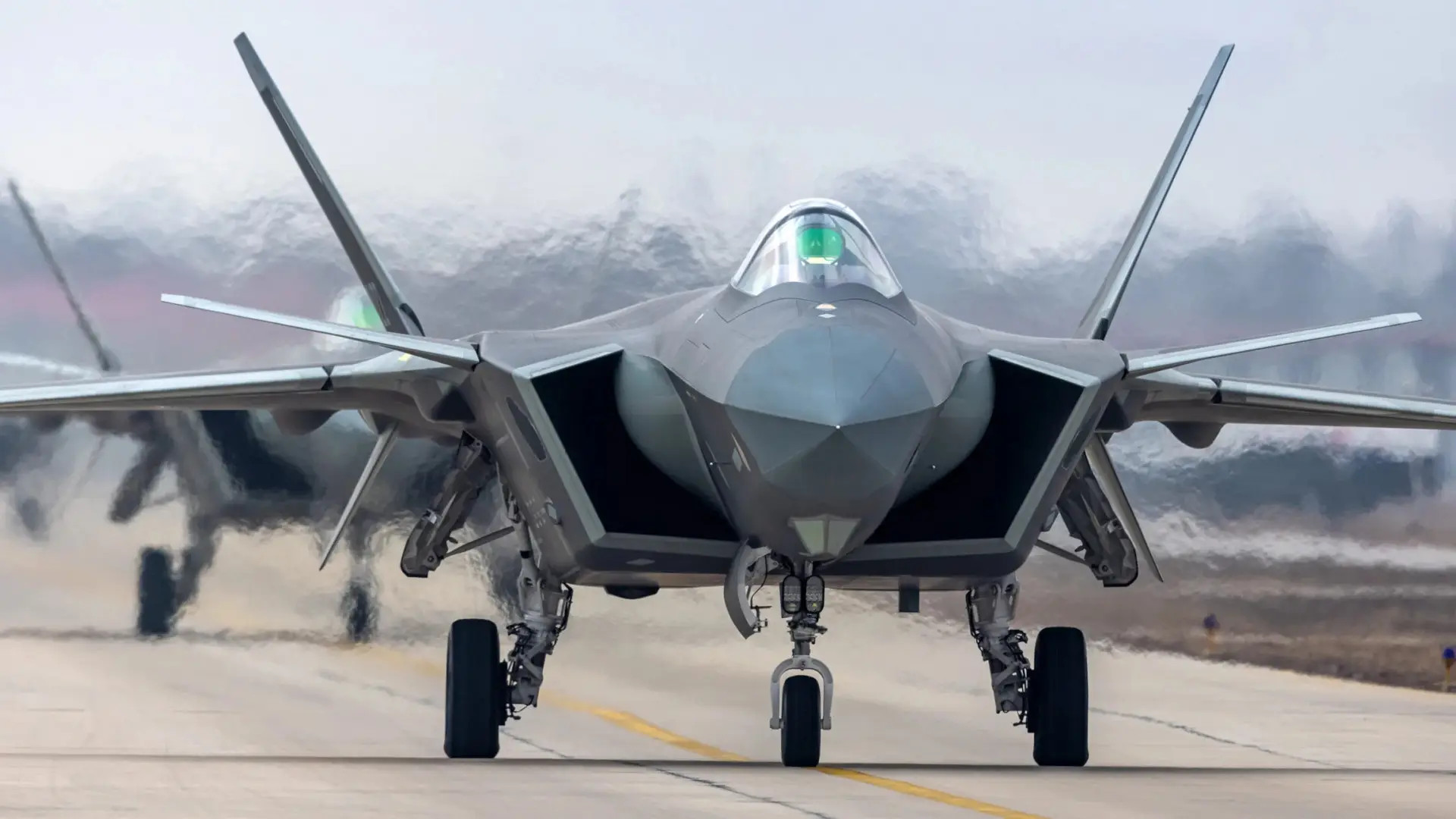
New active electronically-scanned array (AESA) AN/APG-83 radars, also known as the Scalable Agile Beam Radar (SABR), are already a feature on Taiwan’s upgraded F-16Vs and its forthcoming Block 70 F-16C/Ds. This gives those jets the ability to detect and track targets at greater ranges and with higher fidelity than older F-16s and other fighters in service on the island still using mechanically-scanned radars. They are also more reliable and far more resilient to electronic warfare attacks. They can be used as electronic warfare emitters themselves, too.

Taiwan’s F-16 fleets also have access to AN/AAQ-33 Sniper Advanced Targeting Pods (ATP), another Lockheed Martin product. These sensor pods have air-to-ground and air-to-air functionality, though the latter capability is not anywhere near the level of a dedicated IRST system. They are very useful at long-range identification of targets in the air though.

“This proposed sale serves U.S. national, economic, and security interests by supporting the recipient’s continuing efforts to modernize its armed forces and to maintain a credible defensive capability,” the DSCA press release about the possible IRST deal says. “The proposed sale will improve the recipient’s capability to meet current and future threats by contributing to the recipient’s abilities to defend its airspace, provide regional security, and increase interoperability with the United States through its F-16 program.”
When any Taiwanese F-16s start flying with IRSTs does remain to be seen. Taiwan’s Air Force declared it had reached full operational capability with the F-16V in 2021, at which point it reportedly had 64 of those upgraded jets. The expectation is that another 77 older F-16A/Bs will eventually be brought up to this much more advanced standard.
Taiwan’s acquisition of 66 new-production Block 70 F-16C/Ds, which will have a configuration similar, but not identical to its F-16Vs, is now experiencing delays. Despite hopes that the first two Block 70 Vipers would touch down on the island before the end of this year, this delivery is now reportedly not expected to occur until the third quarter of 2024. The U.S. government approved the sale of these advanced F-16s to Taiwan back in 2019.
These delays have now prompted the Taiwanese Air Force to look into extending the service life of its aging French-made Mirage 2000-5 fighters. Taiwan’s current fighter fleets also include the domestically developed F-CK-1 Ching Kuo.

All of this comes at a time when fears are steadily growing about the potential for a Chinese military intervention against Taiwan sometime before the end of the decade. U.S. military officials have publicly stated they believe China’s People’s Liberation Army (PLA) could feel confident in its ability to successfully carry out such an operation by 2027, if not earlier.
Taiwan’s F-16s would be a critical part of any response to any Chinese invasion and equipping them with IRST systems would greatly improve their chances in a cross-strait fight. If anything, it’s somewhat puzzling as to why an IRST capability was not procured sooner, especially as China began making major advanced in air combat capabilities, and especially stealthy ones. But with all their F-16s getting major upgrades, and new ones on the way, certainly now is the time get the ball rolling on a future IRST-enabled Viper force.
Contact the author: joe@thedrive.com
